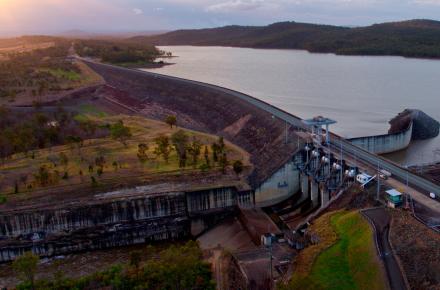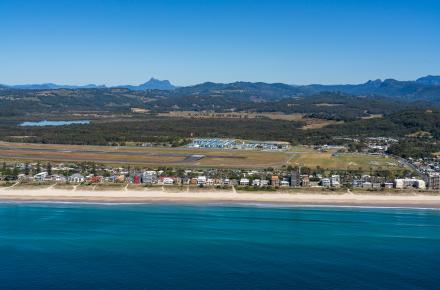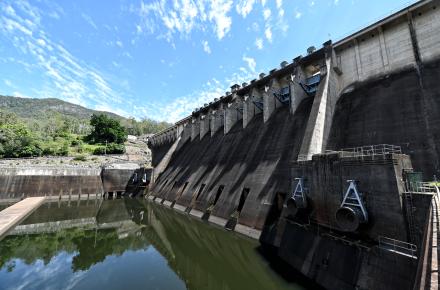Somerset
About Somerset
Somerset Dam is one of the region’s oldest and largest water storages. It is one of the most popular recreation destinations in the region.
Somerset Dam was constructed by the Bureau of Industry Stanley River Works Board. Construction commenced in 1935 but had to be suspended due to World War II. Work resumed in 1948 and the dam was completed in 1959.
The dam was built for the dual purposes of water supply for the region and for flood mitigation.
Somerset is a gated dam, allowing us to make controlled water releases during times of heavy rain. It has an additional flood storage capacity of 524,000 megalitres. If you would like to be notified when about releases from Somerset Dam, sign up to our free dam release notification service or download our public safety mobile app.
Read our fact sheet, How dams work, for more information.
Current capacity
On 6 November 2020, the Department of Regional Development, Manufacturing and Water approved an application by Seqwater to amend the full supply levels for Somerset Dam and Wivenhoe Dam (part of the Somerset Dam Improvement Project). These amended levels equate to storage percentages of approximately 80% for Somerset Dam and 90% for Wivenhoe Dam. The amended full supply levels will remain in place until current dam improvement works at Somerset Dam are completed. Seqwater will commence flood releases from Wivenhoe and Somerset dams if storage levels exceed the amended full supply levels as a result of rainfall in the dam catchments.
- KEY INFORMATION
- WATER SOURCE
- LIVING NEAR DAMS
-
Key information
NameSomerset
WatercourseStanley River
LocationNear Kilcoy
Catchment area1340.00km²
Length of dam wall305.00m
Year completed1959
Type of constructionMass concrete gravity dam
Flood mitigation705000ML -
Somerset Dam was built for the dual purposes of water supply for the region and flood mitigation.
The dam has a catchment area of 1340km2 and can hold up to 379,849 million litres of water at full supply level. Somerset Dam can store an additional 524,000 million litres of water during flood events.
Water from Somerset Dam is released into Wivenhoe Dam, which in turn supplements the natural flow of the Brisbane River and maintains an adequate supply of water to the Mt Crosby pumping station located downstream.
-
Flood mitigation
Gated dams can mitigate flood impacts by controlling the release of water. Care must be taken not to hold back too much water and cause the dam itself to fail. We also operate the dams with the aim that released water does not combine with downstream floodwaters to worsen flooding. This can be difficult as water released from gated dams can take more than 24 hours to reach urban areas, which receive flood water from a variety of sources in a catchment (not just the gated dam).
During a flood event, Wivenhoe Dam and Somerset Dam is managed in accordance with the Manual of Operational Procedures for Flood Mitigation at Wivenhoe Dam and Somerset Dam Revision 17 (December 2023).
A controlled release of water from a gated dam will not necessarily result in downstream flooding.
It’s important neighbours and people downstream of dams know what to do in the unlikely event of an emergency. Each of our dams have an emergency action plan (EAP) in place to enable us to respond quickly to potential incidents in partnership with the Bureau of Meteorology, relevant emergency services and local councils. For Somerset Dam, this is Somerset Regional Council.


